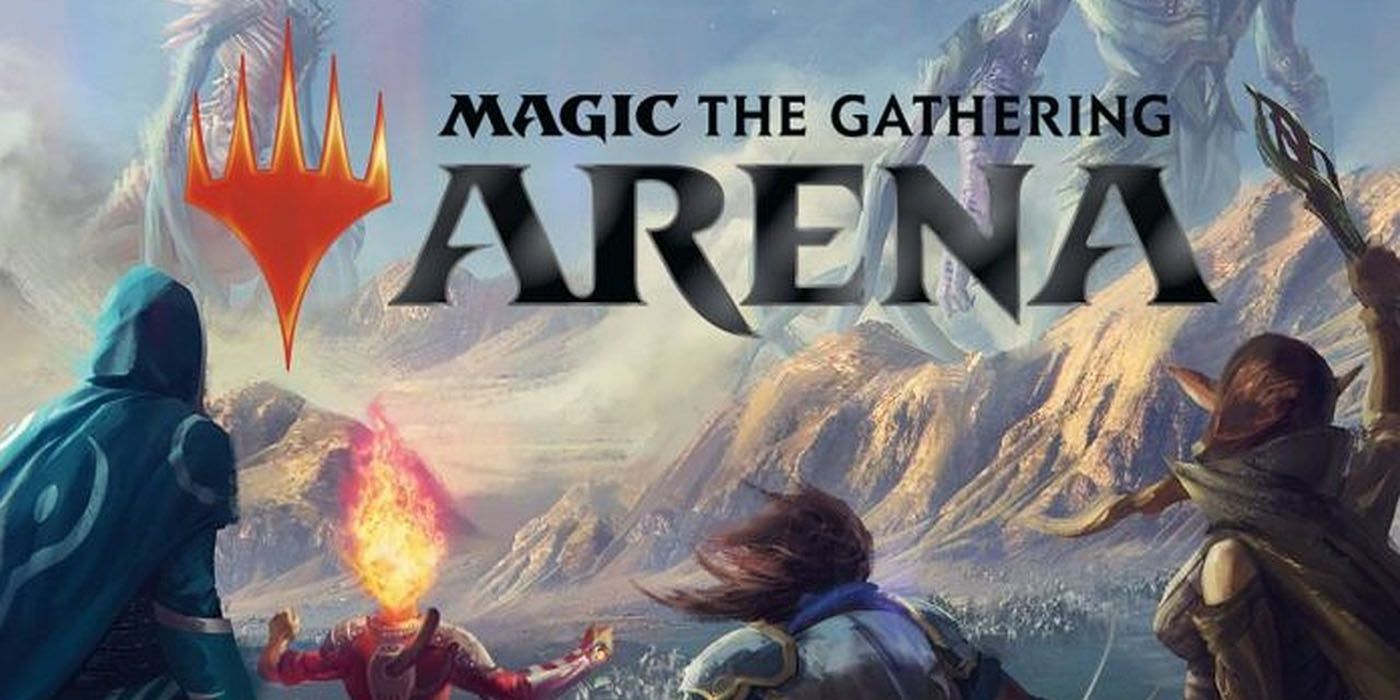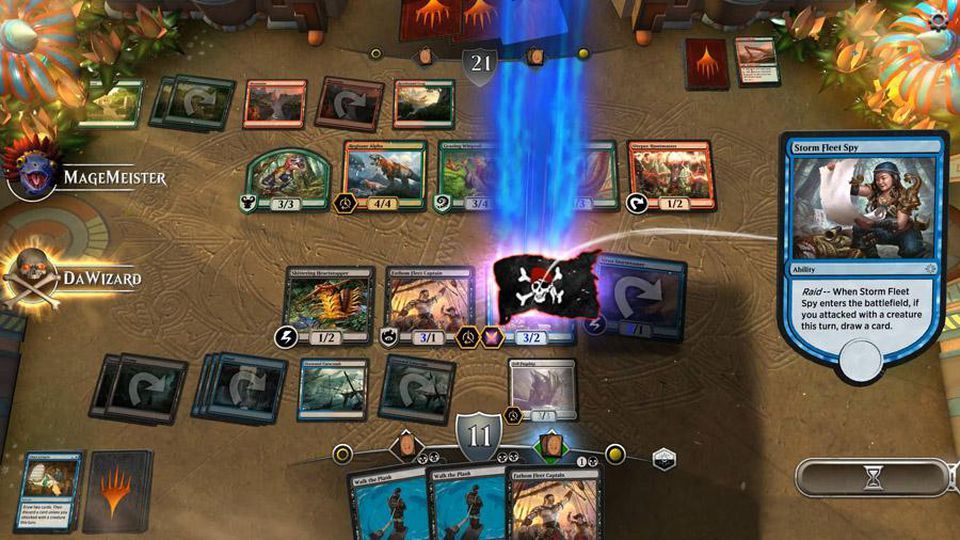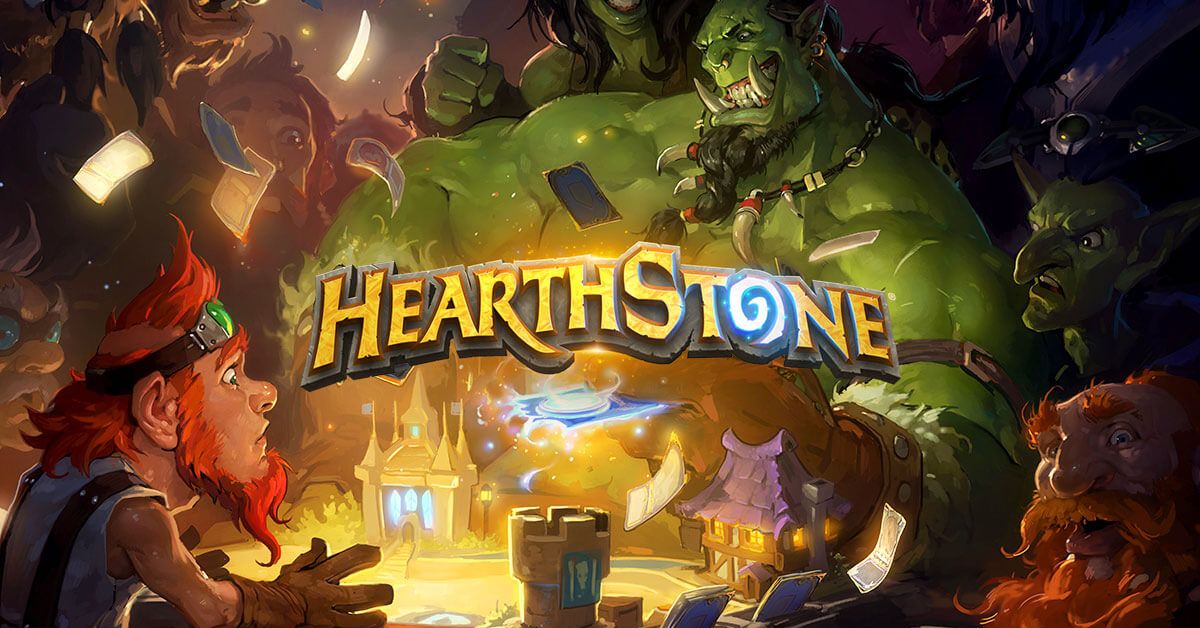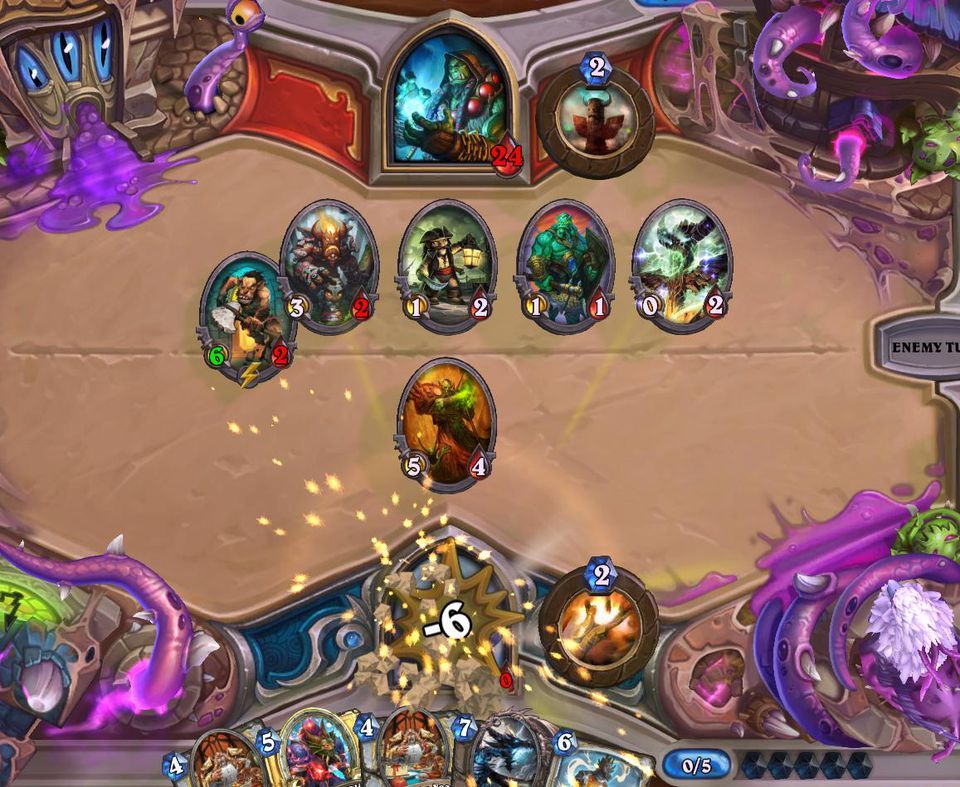Magic: The Gathering Arena vs. Hearthstone: Which is Better?

Digital card games are a genre that continues to grow, and Hearthstone and Magic: The Gathering Arena rule the roost. MTG: Arena and Hearthstone are very similar at first glance, and it can be difficult for gamers to know which would be best for them. Looking at what each game offers, gamers can better make that choice.
Common knowledge is that MTG Arena is based on the popular card game Magic: The Gathering which has been around since 1993, and it can be difficult to keep up with what sets are in Standard. Less well known is that Arena is actually the free-to-play sequel to a series of games on Steam called Duels of the Planeswalkers. Many additions have been made since those days, and Wizards of the Coast continue to update MTG Arena with each new set as its released.
This is a huge benefit for fans of the paper card game, as it can cost hundreds or even thousands to collect a new set or construct a competitive deck. Since MTG Arena is free to play, the entire set can be collected with enough play and determination with little to no real money. Wizards of the Coast is even hosting a free event to let players win every card in standard.

Hearthstone is the first digital card game Blizzard released based on the popular World of Warcraft universe, though not the first card game. That title belongs to the World of Warcraft Trading Card Game released in 2006. That game was discontinued in 2013, and Hearthstone released in 2014 featuring the same cards, abilities, and even artwork. One major difference between MTG Arena and Hearthstone, however, is where Arena sticks to the paper format of gameplay, Hearthstone was designed to be a digital game, featuring far more random chance that would be difficult to do in a physical game.
Both Hearthstone and MTG Arena have a number of similarities based on general play. Both are two-player card games where the objective is to summon creatures and cast spells from a customizable deck of cards to bring the opponent’s life pool down to zero. Both games utilize a gradually increasing resource in order to cast more powerful and effective creatures and spells. Both games offer various modes of play, with Hearthstone taking the player on adventures, and MTG Arena has omniscience drafts.
One interesting difference is the resources available to cast spells. In Magic: The Gathering, a deck consists of a number of lands, which the player can play once per turn to provide more mana for casting spells. In Hearthstone, however, mana gems increase on per turn to a maximum of ten and replenish at the start of each turn. So though MTG allows the player to have more than ten mana, there is also the chance of missed land drops, reducing the chance of actually having six or more lands by the end of a game. None of this is a concern in Hearthstone, where each mana source is guaranteed at the start of each turn.

Another difference is the method of attack. Using the most powerful cards in Magic: The Gathering Arena, when a player attacks, they can only attack the opponent directly or their planeswalkers, and the defender chooses whether to put their creatures in the way of the attack or not. In Hearthstone, players can freely choose to attack an enemy creature or the player. The exception to this would be creatures with the Taunt ability, forcing the enemy to attack that creature instead of anything else until it’s removed from the battlefield. On that same note, another difference that showcases the way Hearthstone was designed specifically to be digital is creature damage. In Magic, creatures heal all damage at the start of the next turn, whereas damage in Hearthstone persists from turn to turn until another creature or effect heals the wounded creature or said creature dies.
In Hearthstone, decks are built from a wide array of cards, including 135 new cards from their Witchwood expansion. Players play cards on their turn, such as creatures or secrets which can trigger during the opponent’s turn, but generally, play is limited to that player’s turn. This lends Hearthstone gameplay to more of a Solitaire style game where the opponent exists to be played against but isn’t an active concern during a turn. Players in MTG Arena, however, have the option to player card abilities as well as “Instant” cards during the opponent’s turn, which can make the game far more interactive and thought provoking, as one must consider not only what to do on their turn, but what their opponent may be able to do in response.

For players looking to base their decision on online numbers, they will not be disappointed. Both games are running strong. In terms of online popularity, Hearthstone is king of that castle. On Twitch alone, as of this writing, Hearthstone has 7m followers vs MTG Arena’s 1m. The viewership for MTG Arena has been growing, but it’s still a considerable gap to close. Despite this growth, however, Blizzard has no plans for bringing Hearthstone to the Switch.
In the end, which is better depends on the player. If gamers are looking for a more relaxed situation where they’re allowed to reply on patterns and mostly uninterrupted gameplay with a beautiful presentation and artwork, then Hearthstone is the way to go. If instead a more competitive design appeals, with the focus more on deckbuilding than random chance and intense interactivity, Magic: The Gathering Arena is the correct choice. Former Blizzard devs are working on a Marvel mobile card game, which could fall on either side as well upon release.
Players are encouraged to try both and see what speaks most to them. Though at their core both games seem very similar, there are distinct differences that shape the player’s experience. Fortunately, both games are dedicated to the gamer experience with card balancing, updates, and regular new content to keep things fresh like Magic the Gathering's upcoming Throne of Eldraine content.
Magic: The Gathering Arena and Hearthstone are both available now for PC and mobile devices.

Post a Comment